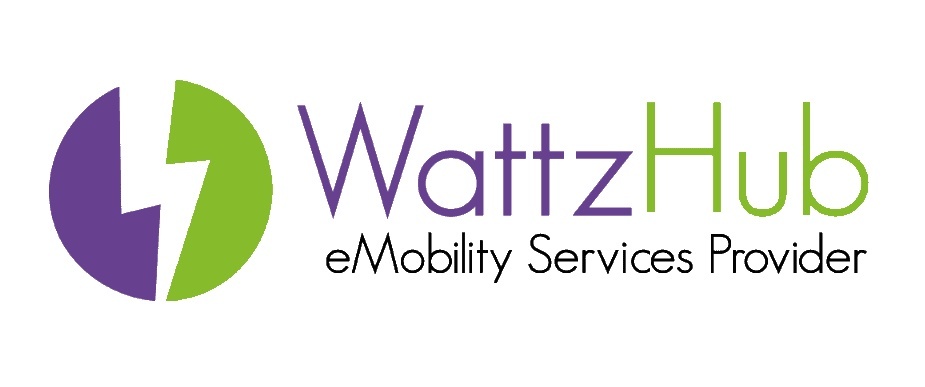Mød Ejornee - mere end bare en kommerciel oplader.

Tilgængelig op til 2 × 7,4 kW {{url_placeholder_0}} For utroligt hurtig opladning til at opkræve 2 EVS samtidigt.

DLB -funktion forhindrer overbelastning og distribuerer strømmen itelligent i en klynge med begrænset tilgængelig opladningseffekt.

Flere betalingsmetoder såsom mobilapp, RFID-kort og alt-i-en-betalingsterminal* (valgfrit).

Klasse B Mid Energy Meter for hver stikkontakt for at garantere måling af nøjagtighed til kommerciel opladning.

Udstyret med 30mA Type A RCD og 6MA DC Lækagebeskyttelse leveres også med Pen Protection* (UK Market).

Store flade overflader af opladerhus giver rigelig plads til branding og synlighed, mens en 7 ″ berøringsskærm til reklame.
Giv kunderne praktiske forbindelsestjenester.








Læs mere om S-Series
Installing EV charging stations requires careful planning, qualified electricians, and compliance with electrical standards.
Many locations have simplified the approval process for EV chargers, but understanding local regulations is essential as they can vary from state to state.
By working with an experienced national provider such as LCTC, we can manage all these obstacles to ensure total compliance and professionalism.
The chargers will require OCPP 1.6J or above capabilities. This is how CPO software communicates and controls the charger. You will also need a steady, reliable internet connection. We recommend using a hardwired ethernet connection to the charger or a built-in GSM modem and sim card. However, a wireless connection is also an option but not preferred.
Online/Offline RFID card charging
Charging with mobile app
Operating through the touch screen
Once your car is fully charged, the charging station will stop supplying power to your vehicle automatically. You can also monitor the charging status on your car’s dashboard or charging app, which will show the battery level and estimated time until completion.
We can add a Dutch language package or any other language for free.
Hardware warranty is two years.
Credit/Debit Cards: Many stations support direct card payments.
Mobile Apps: Dedicated apps let users start, stop, and pay for charging via smartphone.